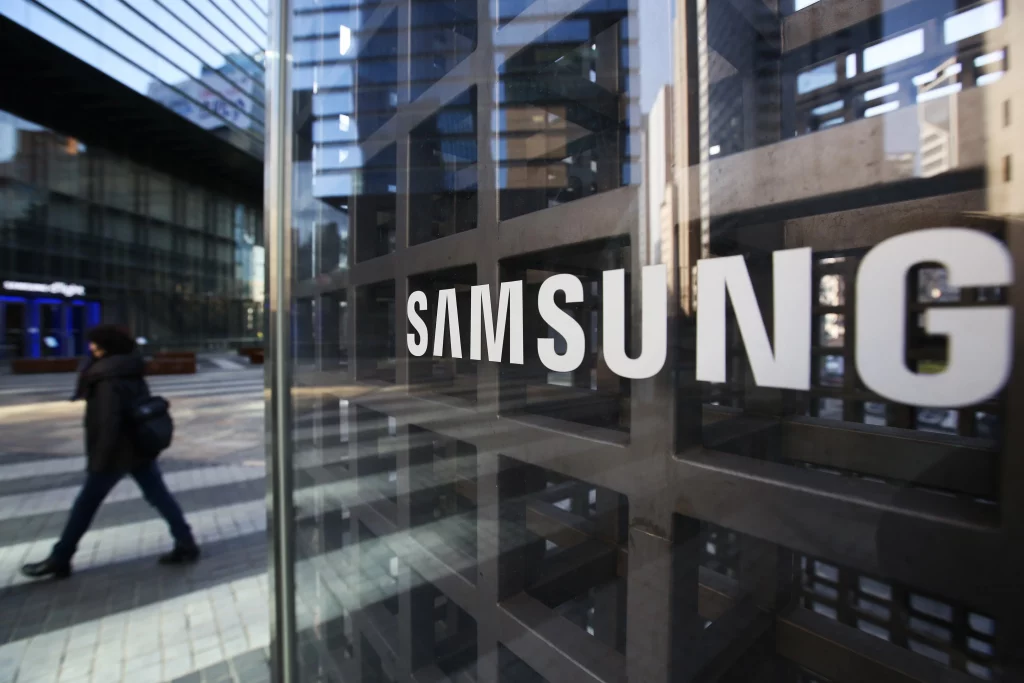Samsung has announced that it has become the world’s first company to demonstrate the MRAM (Magnetoresistive Random Access Memory) technology for in-memory computing.
The company’s paper for the same which was titled ‘A crossbar array of magnetoresistive memory devices for in-memory computing’ was published by Nature.
Data is usually stored in DRAM for quick access for the CPU. MRAM switches things and it combines data storage and computing, letting both happen on the same chip. Operations are faster in such a scenario as there is no need to transfer data from memory to processor and the other way around.
In addition to this, there are significant power savings since data processing happens in a highly parallel manner inside the memory.

The demonstration is a breakthrough because while other in-memory computing solutions like PRAM and RRAM have been experimented with while working MRAM has been quite difficult to achieve, mainly due to its lower resistance.
It was also impossible to use MRAM’s power efficiency advantage in a standard in-memory computing architecture.
Samsung has made MRAM possible owing to a self-developed MRAM array chip that uses ‘Resistance Sum’ instead of the standard ‘Current-Sum’, which counters the resistance problem.
The solution was tested by running AI applications, and it offered an accuracy of 98% in the classification of handwritten digits and an accuracy of 93% in detecting faces in images. Samsung says that MRAM tech can be used for AI processing and to make highly power-efficient AI chips.
Dr.Seungchul Jung, the first author of the paper, said, “In-memory computing draws similarity to the brain in the sense that in the brain, computing also occurs within the network of biological memories, or synapses, the points where neurons touch one another. In fact, while the computing performed by our MRAM network, for now, has a different purpose from the computing performed by the brain, such as solid-state memory network may in the future be used as a platform to mimic the brain by modeling the brain’s synapse connectivity.”
Also read:








